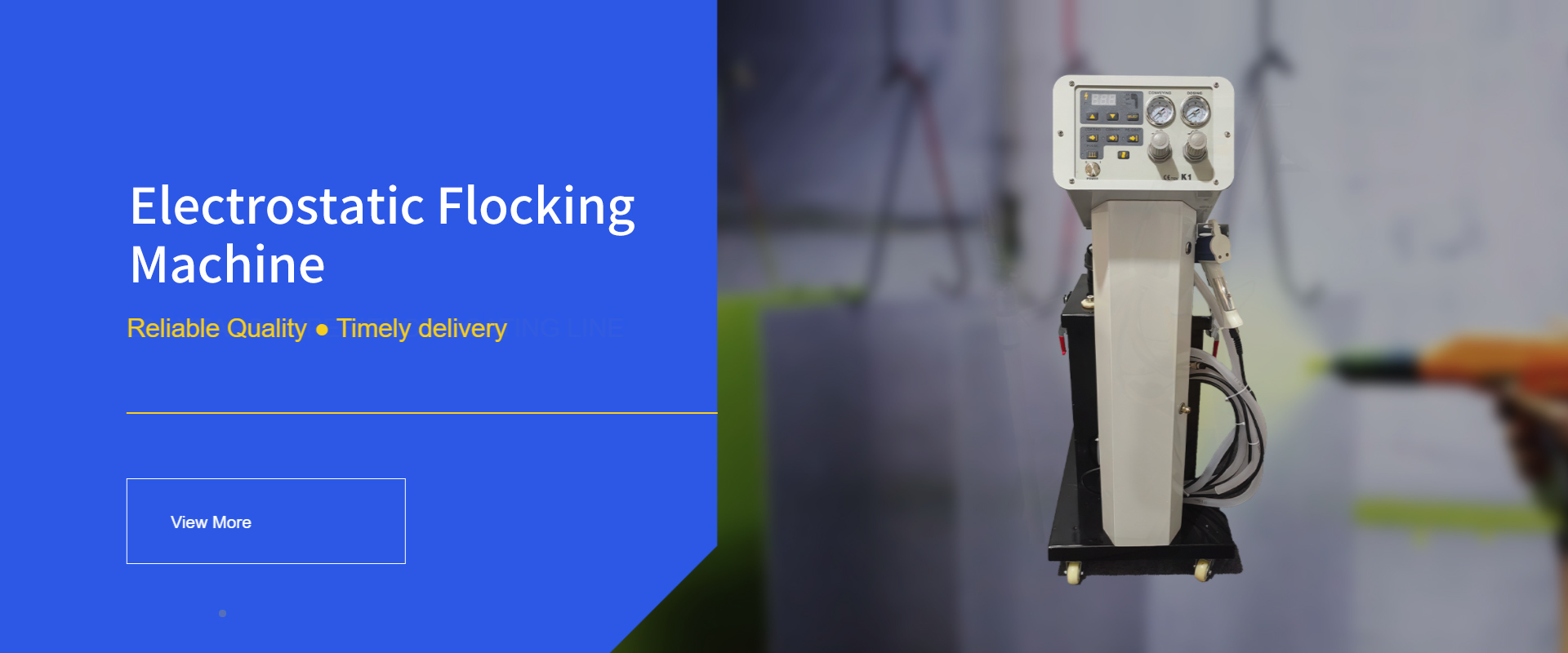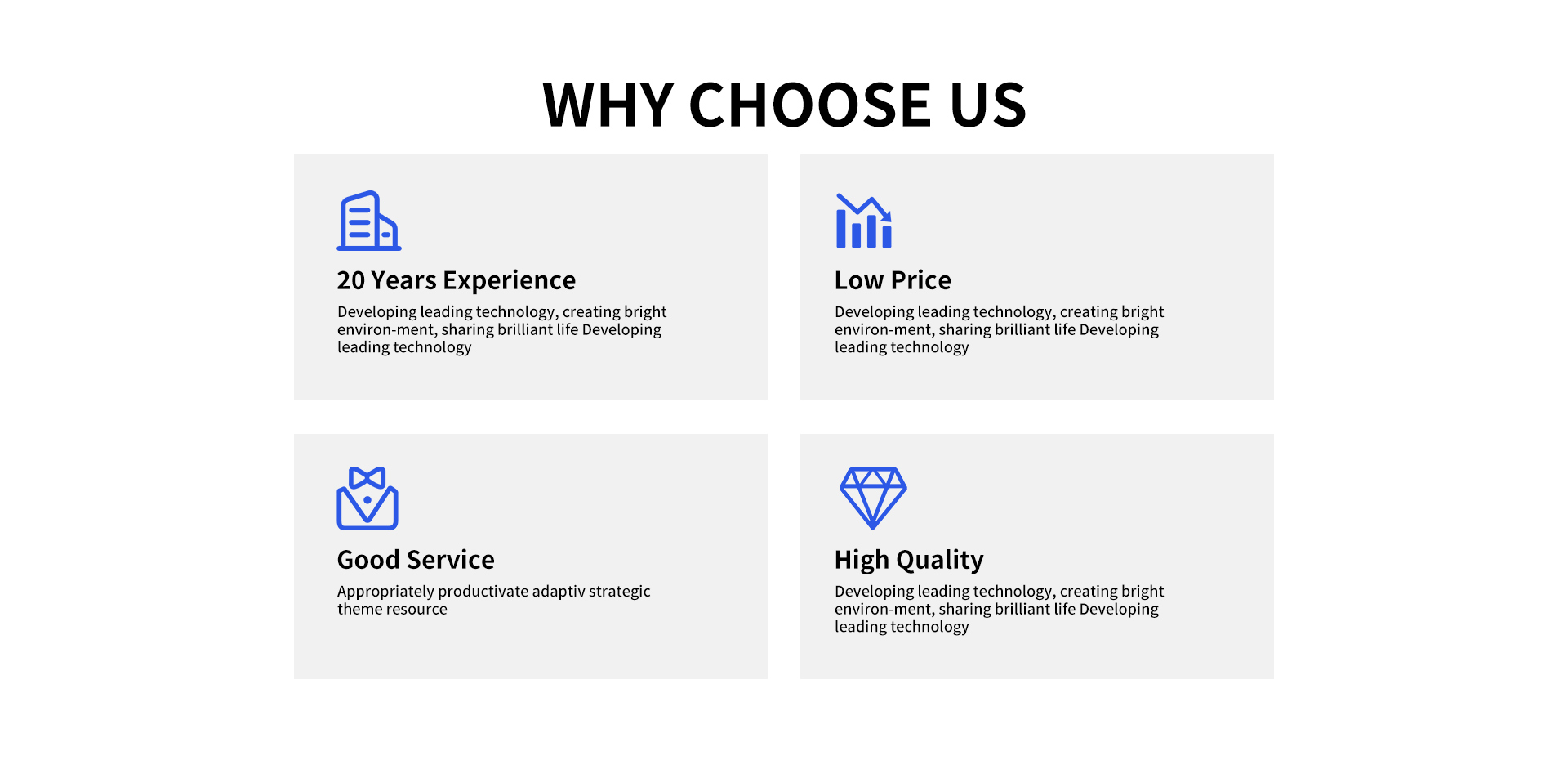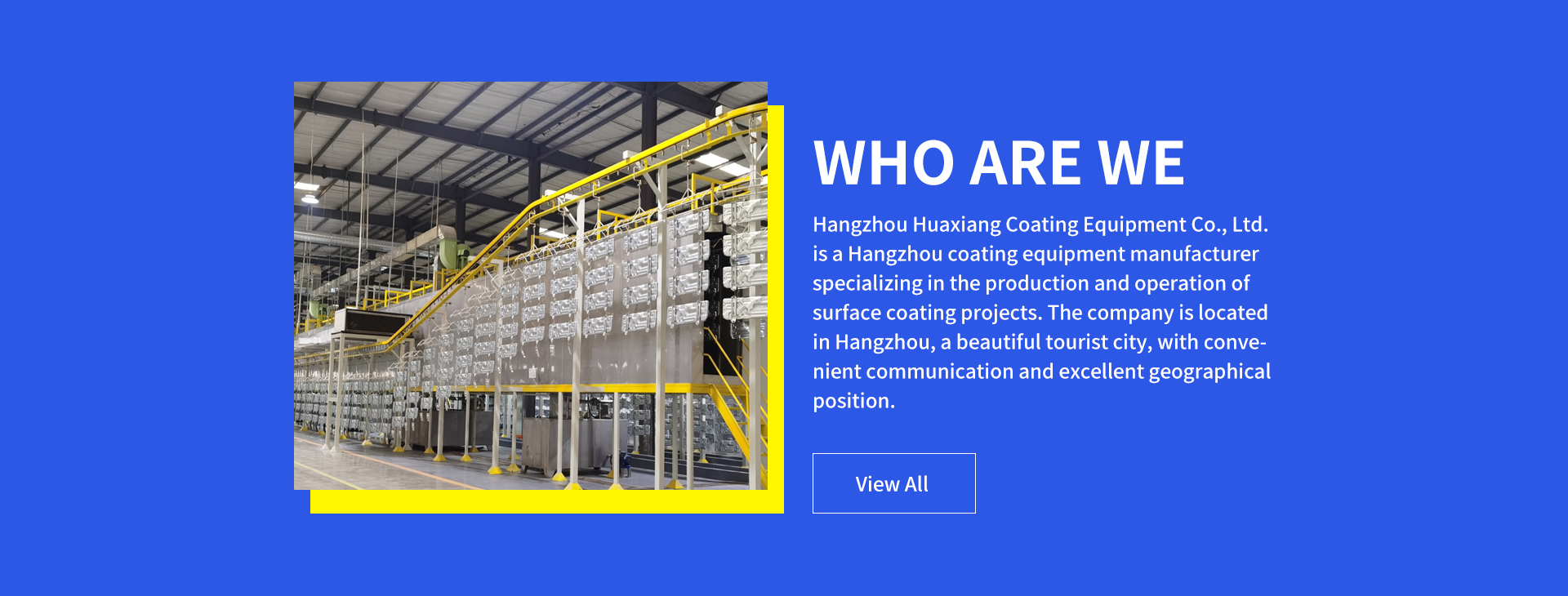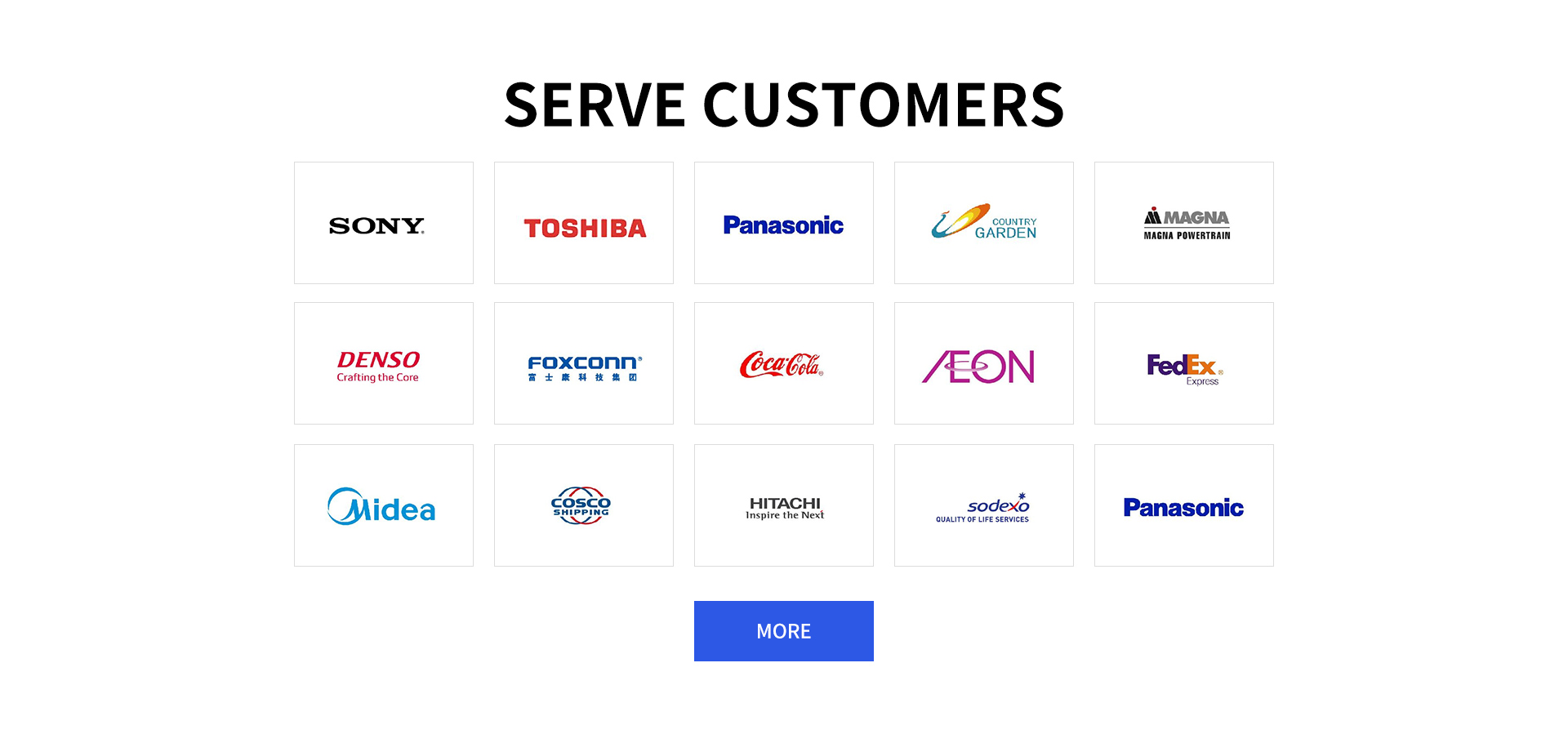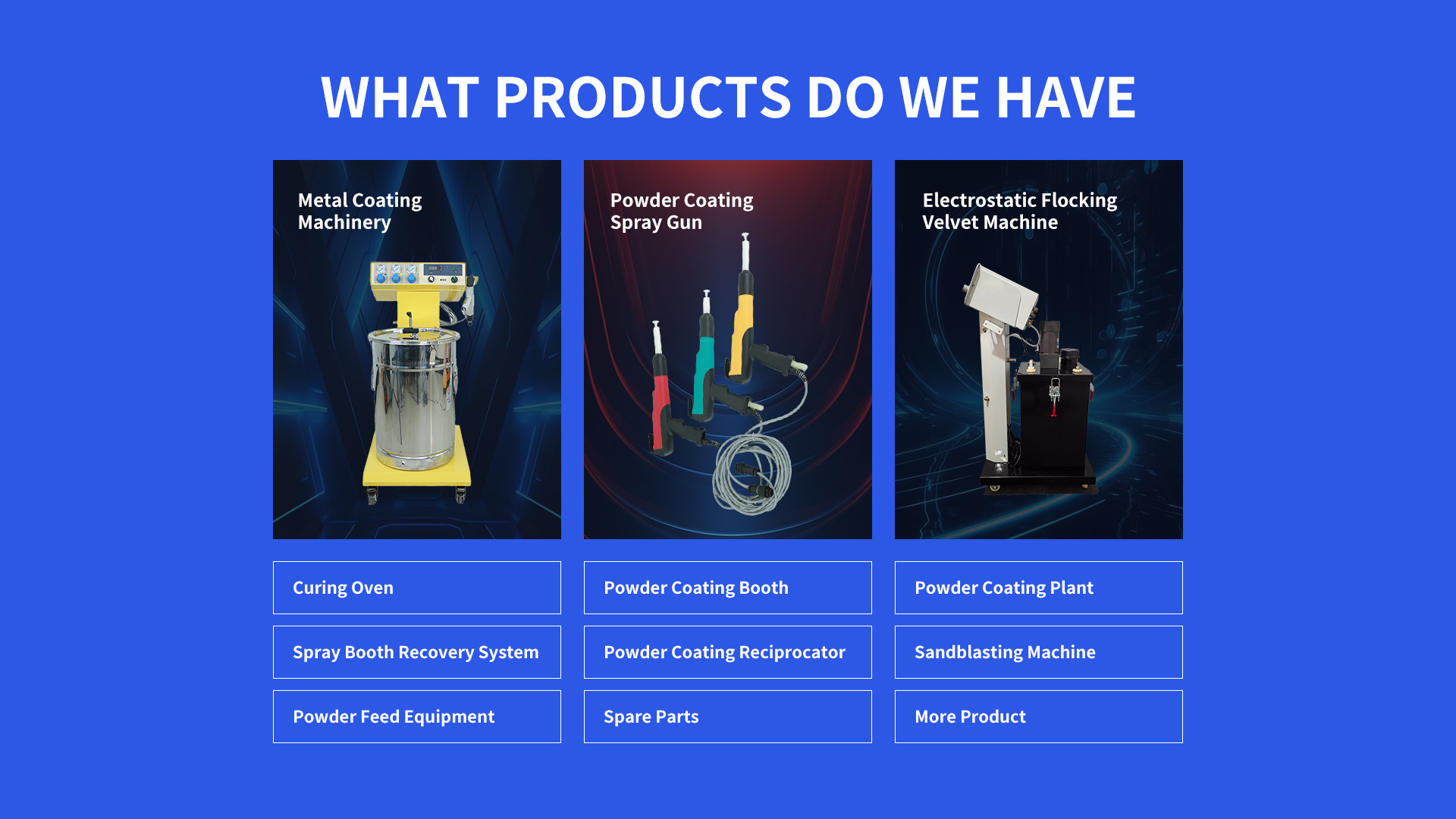1. Powder Coating Curing Oven Factory Overview and Components
A Powder Coating Curing Oven Factory produces industrial ovens designed to cure powder-coated surfaces. Key components include insulated steel chambers, heating elements (electric, gas, or infrared), temperature controls, conveyor systems, and exhaust vents. Advanced models feature IoT-enabled sensors for real-time temperature monitoring and energy-efficient heat recovery systems.
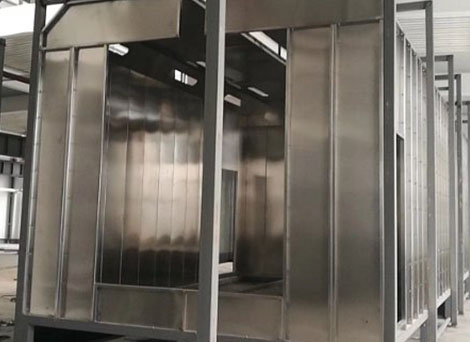
2. Applications of Powder Coating Curing Oven Factory Systems
Used in automotive (wheels, chassis), aerospace (engine parts), appliance manufacturing (refrigerators, ovens), and architectural metalwork. These ovens cure epoxy, polyester, and hybrid powder coatings at 300–450°F, ensuring scratch-resistant, corrosion-proof finishes.
3. Pricing of Powder Coating Curing Oven Factory Equipment
Batch Ovens: 10,000–50,000 (small-scale, manual loading).
Conveyor Ovens: 50,000–200,000 (continuous production, 10–30 ft length).
Custom Industrial Ovens: 200,000–500,000+ (large-scale, IoT integration).
Energy-efficient designs with heat recovery reduce operational costs by 25–40%.
4. Proper Operation of Powder Coating Curing Ovens
Preheat ovens to manufacturer-specified temperatures (typically 350–400°F).
Load parts evenly to ensure uniform heat distribution.
Cure for 10–30 minutes, depending on material thickness.
Clean oven interiors monthly to prevent powder buildup.
5. How to Choose Equipment from a Powder Coating Curing Oven Factory
Production Volume: Batch ovens suit <100 parts/day; conveyor systems handle 500+/hour.
Energy Source: Electric ovens offer precise control; gas ovens reduce energy costs.
Certifications: Prioritize CE, UL, or OSHA compliance.
Customization: Opt for modular designs to expand oven size or integrate cooling zones.
6. Safety Protocols for Powder Coating Curing Ovens
Install temperature fail-safes to prevent overheating.
Use heat-resistant gloves and protective eyewear.
Ensure proper ventilation to avoid fume accumulation.
Regularly inspect heating elements and electrical wiring.
7. Cost-Efficiency of Powder Coating Curing Oven Designs
High-efficiency ovens with heat recovery systems cut energy consumption by 30%, while IoT controls optimize curing cycles. Automated conveyor systems reduce labor costs by 50%, achieving ROI within 2–4 years for high-volume operations.
8. FAQs About Powder Coating Curing Oven Factory Equipment
Q: What curing temperatures are ideal for different powders?
A: Epoxy powders cure at 350–375°F; polyester requires 375–400°F.
Q: Can curing ovens handle large or irregular parts?
A: Yes—custom conveyor designs accommodate oversized components.
Q: How to maintain a powder coating curing oven?
A: Clean interiors monthly, calibrate sensors quarterly, and replace heating elements every 3–5 years.
Q: Are these ovens suitable for UV-curable powders?
A: Yes—specialized UV curing modules are available.
Q: What certifications ensure oven safety?
A: Look for CE, UL, or NFPA compliance from the curing oven factory.
This guide equips businesses with critical insights into powder coating curing oven factory solutions, optimizing performance, safety, and cost-efficiency in industrial finishing processes.
Statement: Hangzhou Huaxiang Coating Equipment Co., Ltd Chinese Powder Coating Equipment facturers provide you with customized equipment for various types of Powder Coating Lines, Powder Coating Ovens, Powder Coating Booths,Powder Coating Guns, etc. For inquiries! Contact us at
Email: gezx@cncolourspray.com
WhatsApp: +86 13335812068

